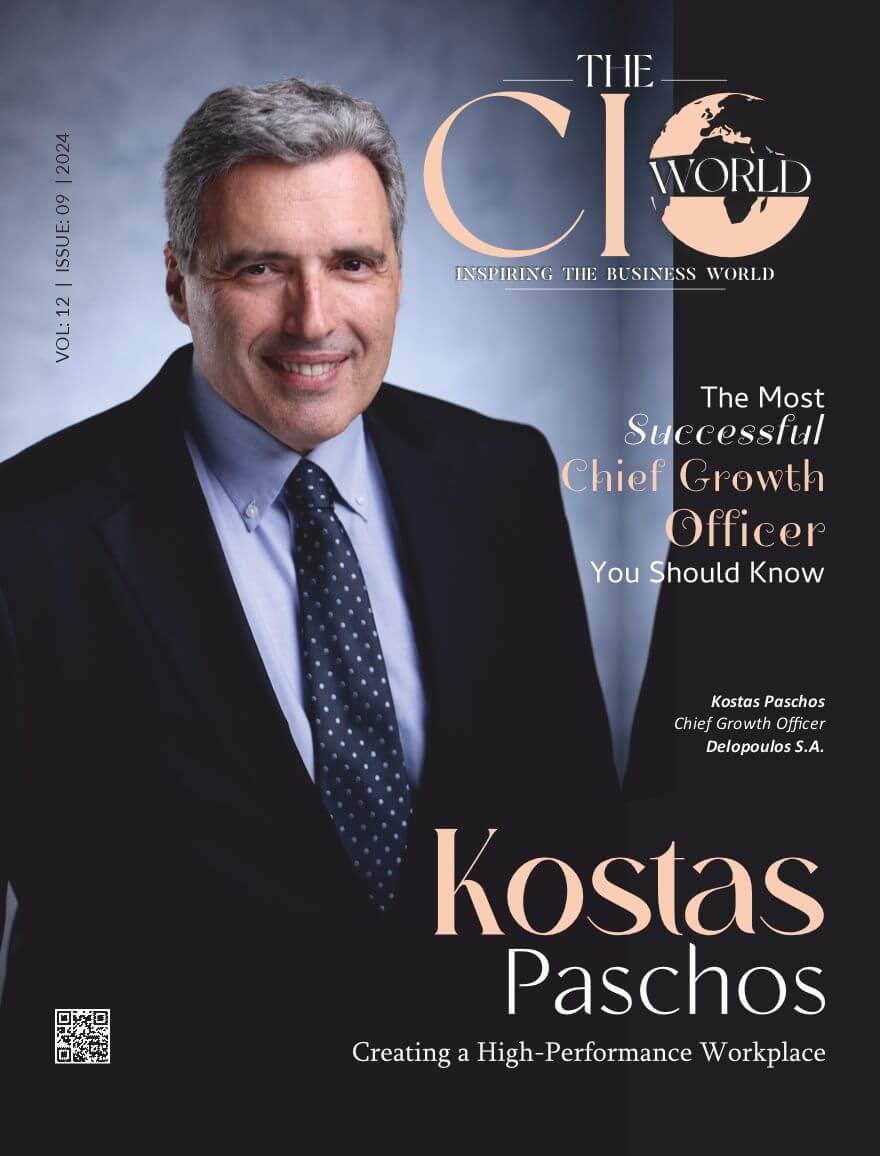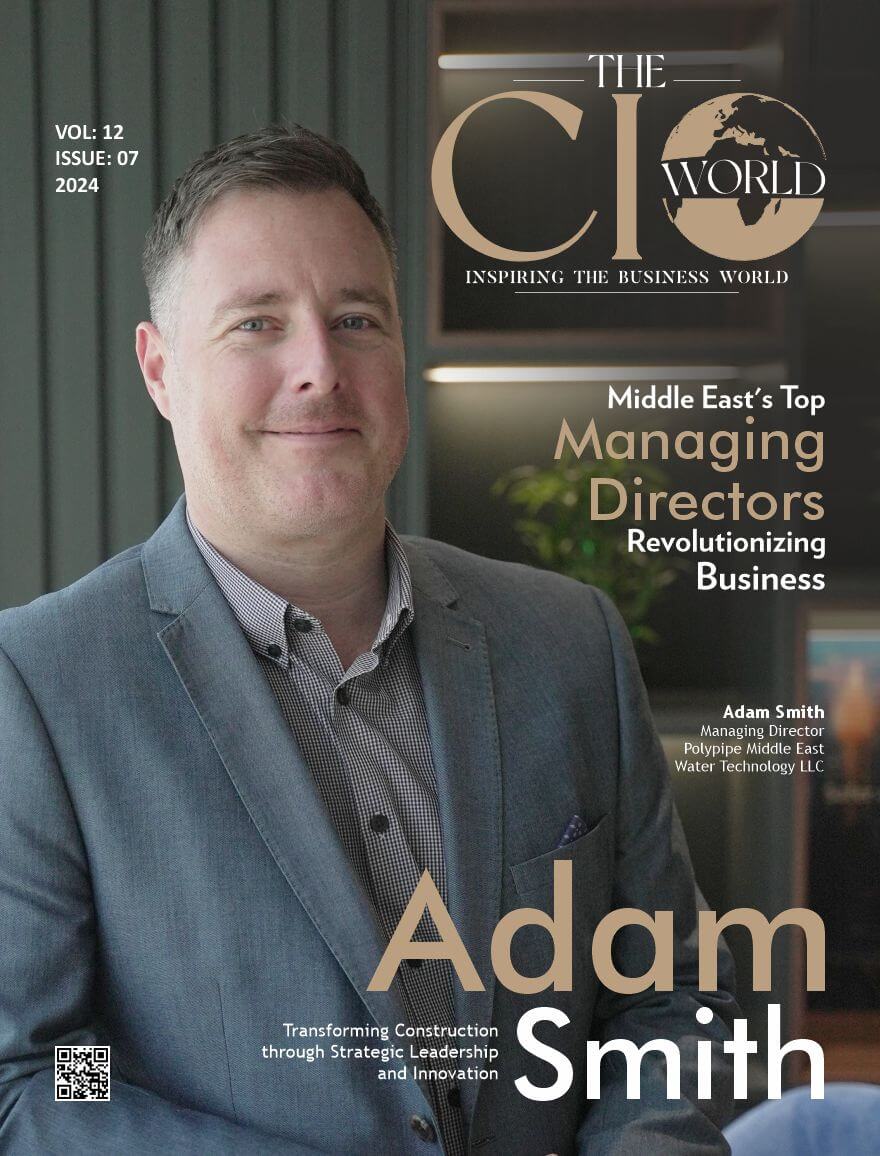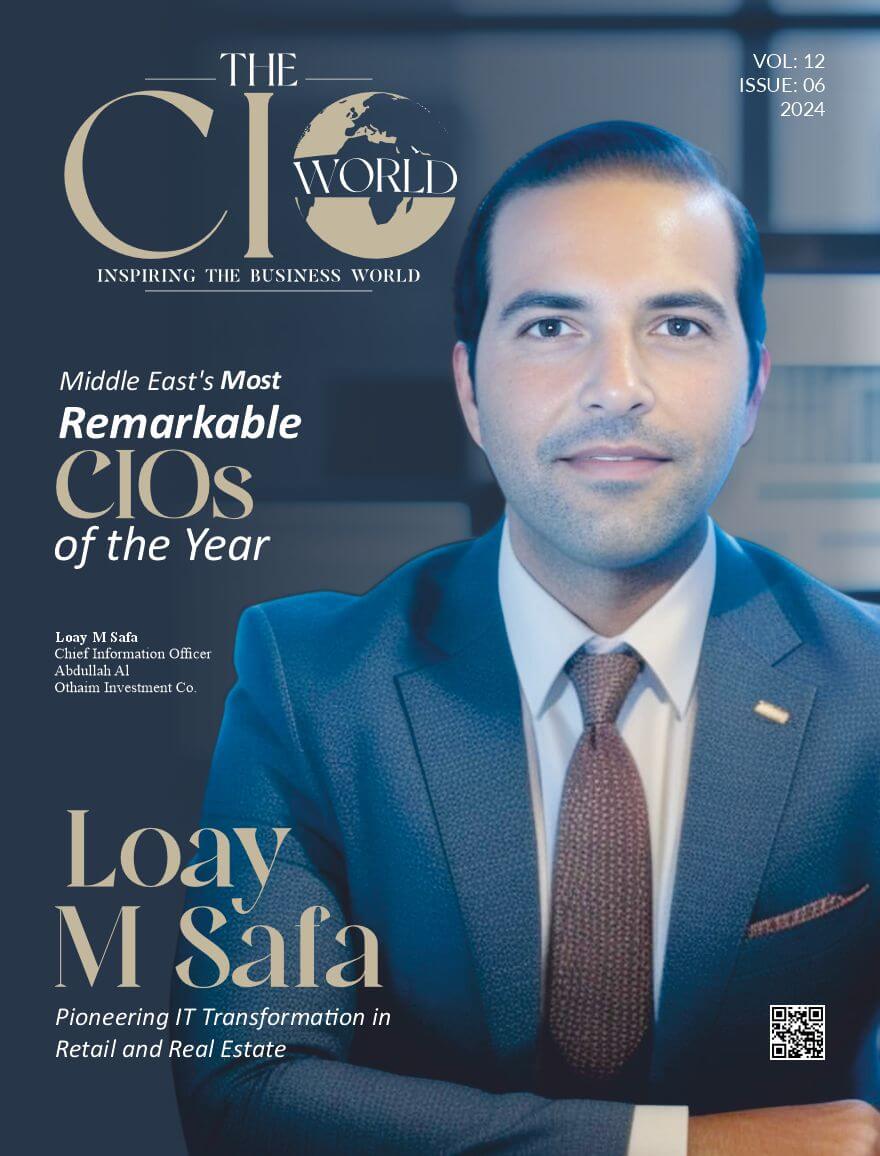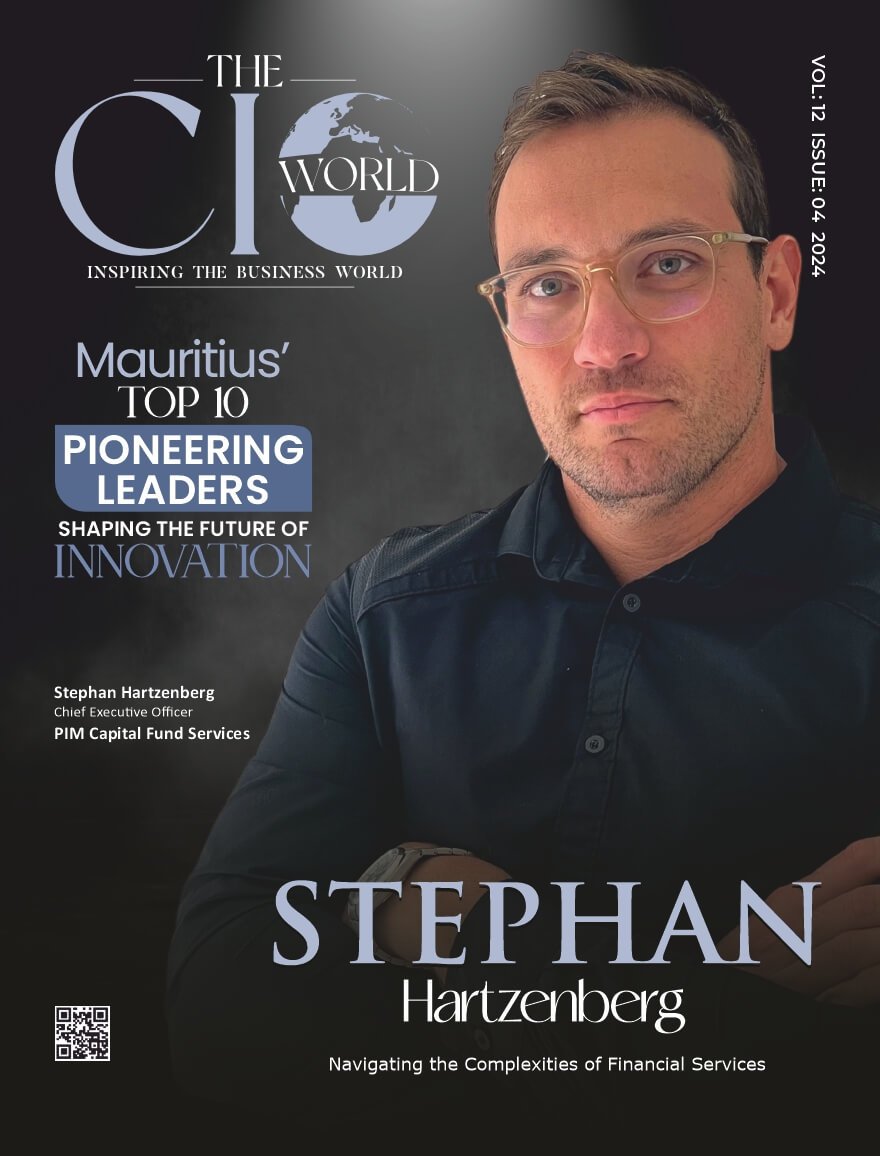Sustainability in the fashion industry has become an increasingly vital concern in recent years, and Sandya Lang stands at the forefront of this movement. As the Chief Sustainability Officer at Nudie Jeans, a leading Swedish denim brand, Lang has played a crucial role in shaping the company’s commitment to environmental and social responsibility.
With a demonstrated history of working in the apparel and fashion industry, particularly in Europe and Asia, Lang brings a wealth of expertise in corporate social responsibility and sustainable practices to her role at Nudie Jeans. Her journey with the brand began in 2011 when she joined as the CSR manager, responsible for developing the company’s sustainability initiatives.
Over the years, Lang has witnessed the remarkable growth and evolution of the sustainability landscape within the industry. Under Lang’s guidance, the role expanded into a dedicated sustainability manager position, ultimately leading to the creation of a sustainability department within the company. Her undying dedication has been instrumental in driving Nudie Jeans’ philosophy of creating sustainable, long-lasting denim products that customers can cherish for years.
Below are the highlights from the interview:
Could you please tell us about yourself and what motivated you to embark on this sector?
I come from a background in development studies. I´ve been living, studying, and working abroad in India, Sri Lanka, and Vietnam in both textile and shoe production. During my years abroad, I gained a lot of experience on the factory floor and got to see things from the employee’s perspective when it comes to production issues, delivery times, sustainability topics, etc.
Labor rights conditions and the environmental impact were areas that I connected with and wanted to improve. In 2011, I joined Nudie Jeans as the CSR manager responsible for developing the brand´s sustainability work. The field of sustainability and corporate social responsibility has developed tremendously over the years; back then, quite a few SMEs employed their own staff, but Nudie Jeans saw the value of it, and I´m truly grateful for that. The role developed into sustainability manager, and we created a sustainability department.
Today the role is more strategic, although I´m close to the operational sustainability work through my colleagues in the sustainability department.
Can you please brief us about your company and its inception story?
Nudie Jeans is a privately owned Swedish denim company, founded in 2001 by Maria and Joakim Levin. The core product is dry denim, and sustainability is integrated into the core of the company strategy. Today, Nudie Jeans has retail stores globally in Europe, the US, and Australia that also offer free repairs, repair partners, and other wholesale accounts globally, as well as a growing e-commerce business.
The product range is mainly denim, but there are also other product groups such as jackets, t-shirts, shirts, etc. The production takes place in Tunisia, Italy, Portugal, India, and Turkey, and all the cotton used is organic, traded, or recycled.
The services offered are free repairs, a take-back system, selling reused (second-hand) jeans, and upcycling products.
In your role, how do you integrate sustainability practices into the overall business strategy, and what key initiatives have you championed to drive sustainable business practices?
Nudie Jeans has a company strategy, Create Tomorrow´s Vintage (www.createtomorrowsvintage.com) which has sustainability embedded in its core. We are not talking about today´s vintage, but tomorrow’s, which includes a better way of producing garments that are meant to live for a long time. It includes not only how we produce new products but also how we co-create tomorrow’s vintage with the customers.
We are dependent on the customers to execute our strategy. We need them to use the products longer, and use our service with repairs, reuse, and the take-back scheme, so we can take responsibility for the used garments for our re-use section or recycling projects.
Over the years, I´ve been involved in driving transparency projects and living wage projects, among other things.
How do you engage with stakeholders, both internal and external, to foster a culture of sustainability within the organization?
Stakeholders with specialties in social or environmental areas are a crucial part of our daily work. We have collaborated with Swedish and international NGOs as a support system or framework for our sustainability work. We have always been open to collaborating and learning from others within sustainability.
During the years, we also had a close relationship with universities on research projects, master thesis, and stakeholder group meetings. This has fostered a culture of curiosity about continuous learning and mutual benefits for business and academia.
Can you highlight a specific sustainability challenge your organization faced, and what innovative solutions or strategies did you implement to overcome it?
The transparency in the textile industry is one example of areas we´ve been working with for a long time, over 10 years, and when we released our production guide in 2013 online for consumers to see and read about our production locations, there were not many other examples in the industry equally transparent.
Since then, things have luckily developed, and more and more brands have seen the importance of a transparent and traceable supply chain. Our strategy of transparency is closely connected to our sourcing strategy, where we limit ourselves to as few countries as possible and as short supply chains as possible.
This increases our possibility of tracing the supply chain for each product, visiting the suppliers in all tiers, and building relationships and an understanding of the local context, which has helped develop sustainability activities and data collection. The result can be seen in our online products, which, since a few years ago, have had their full supply chain traced, with details like trims, raw materials, and number of employees, for example.
What metrics or key performance indicators do you prioritize to measure the success of sustainability initiatives, and how do you communicate these achievements to stakeholders?
We measure many things, such as the number of repairs and reuses sold, for example, our scope 1, 2, and 3, and how our CO2 reductions align with our climate plan. And what we release for the first time is the percentage of the turnover of our circular business model. We communicate the yearly progress and all the goals in the sustainability report (out 8th May).
As a Chief Sustainability Officer, how do you stay informed about emerging trends, technologies, and best practices in the sustainability field?
We are part of different networks and meet many other brands, which is a good source of information for keeping up to date on what´s going on in our field. I also have a broad network of other professionals and enjoy reading books and articles on sustainability, as well as on social media and LinkedIn, so that is where I get inspired.
In your experience, what role does collaboration play in advancing sustainability goals, both within the organization and through external partnerships?
Collaboration is key if you want to drive change!
We have always been open to collaboration and learning from others within sustainability. We think participating in different networks and brand discussions has been very good, not only to get insight into the industry but also to leverage our sustainability impact at the supplier level.
We have several examples of how we work together with other brands to leverage the sustainability impact at the supplier level, where we share the same suppliers.
How do you ensure that sustainability efforts align with the values and expectations of your organization’s employees and customers?
As part of the management group and working closely with the CEO and the board, we have an ongoing dialogue about sustainability actions aligning with the company strategy and its execution in the organization.
What do you see as the most significant challenges and opportunities in the field of sustainability, and how do you plan to address them in your role?
The challenge we all see is the increased reporting directive, which we think is positive. As an SME, we are not directly affected but will eventually, and we also have high ambitions, so we want to make sure we stay compliant with the new EU regulations.
However, this requires a balance between the actions and the actual impact we want to drive in the industry. One of the strengths of Nudie Jeans is that we are maybe at our best when “doing” sustainability rather than reporting on it. And that is something we don´t want to lose, although the reporting requirements get tougher. We aim to still work hands-on on sustainability projects and make an impact in our supply chain.







